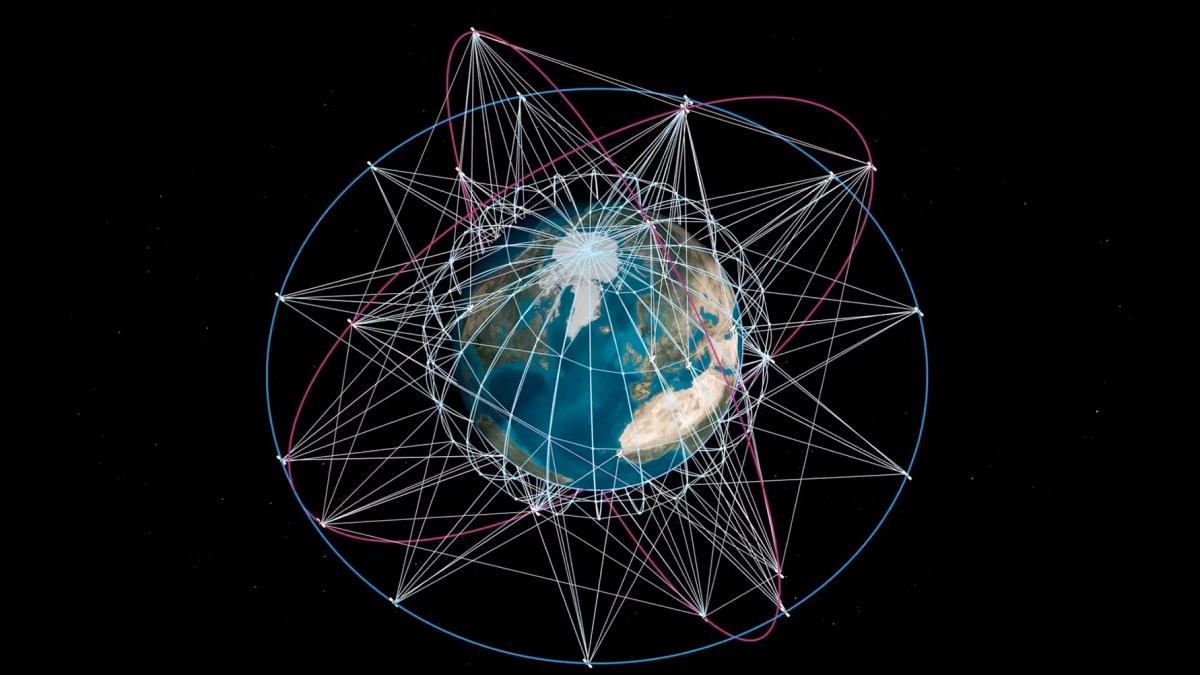At the end of April, I testified before the House Subcommittee on Communications and Technology. The hearing aimed to gather recommendations on how Congress can strengthen networks and ensure secure, reliable communications for Americans in the face of evolving threats. It was an opportunity to secure the future of American broadband — and an opportunity to clarify the satellite industry’s position in providing it.As Washington allocates billions for broadband expansion, a dangerous narrative has emerged that unnecessarily pits technologies against each other, potentially leaving millions of Americans waiting years for connectivity that could arrive much sooner.Advocates for the fiber industry argue that it alone can bridge the digital divide because of its speed and capacity, while also stating that it is more reliable than satellite service.
The misleading characterization of satellite broadband as inferior to fiber optics threatens to waste taxpayer dollars and delay universal connectivity. This narrative persists not because of technological limitations but because financial incentives reward denigrating competing solutions.Let’s acknowledge an undisputed truth: fiber delivers exceptional performance. However, fiber’s excellence comes with significant drawbacks — prohibitive deployment costs, years-long construction timelines and physical limitations that make connecting the entire country financially impossible. Research indicates bridging America’s digital divide exclusively with fiber would require well over $200 billion, or approximately five times the currently available funding.Satellite broadband offers compelling advantages that complement, rather than compete with, fiber’s strengths. First, satellite connectivity provides virtually 100% coverage across the United States right now, not years from now. Multiple companies currently offer this service, creating healthy competition that drives innovation and consumer choice.During natural disasters, satellite infrastructure demonstrates remarkable resilience. While fiber networks require physical repairs when damaged, satellite services often remain operational or restore quickly during emergencies. The Department of Homeland Security recognized this during the COVID-19 pandemic, designating satellite operations “an essential part of functioning critical infrastructure … for both public health and safety as well as community well-being.”Critics frequently misrepresent satellite performance capabilities. Today’s geostationary satellite providers deliver download speeds up to 150 Mbps, while low Earth orbit providers reach 250 Mbps. Even baseline satellite plans offering 25/3 Mbps support simultaneous 4K streaming, group video calls and online gaming for an entire household.Fiber supporters also argue that it provides high upload as well as download speeds. The “symmetrical speeds” argument against satellite technology ignores actual internet usage patterns. Most consumers require significantly more download than upload capacity — making asymmetrical connections perfectly suited for typical household needs.Regarding latency, satellite connections effectively support web browsing, email, streaming entertainment, social media and remote communications applications. Independent analysis from HighSpeedInternet.com confirms satellite works for most interactive and multiplayer gaming, often performing comparably to other connection types.Financially, satellite internet remains competitive with alternative technologies. Monthly plans at Hughesnet, to name one example, start at $49.99, with premium unlimited data plans priced similarly to comparable terrestrial options. According to CNET, Americans pay an average of $78 monthly for internet service — placing satellite squarely within the market’s typical price range.Some critics point to the shorter lifespan of low-Earth-orbit (LEO) satellites as a disadvantage. This argument overlooks that geostationary satellites typically operate for 15 to 20 years and, more importantly, that the dramatically lower manufacturing and launch costs allow operators to continuously upgrade their constellations while remaining cost-competitive. Additionally, these satellite networks generate revenue globally, spreading infrastructure costs across an expanding international customer base.America’s satellite industry includes three direct-to-consumer providers today with more preparing to launch. Other companies partner with local internet providers to reach remote areas, build hybrid 5G/satellite networks or collaborate with mobile carriers to deliver connectivity directly to handsets. This competitive ecosystem drives continuing innovation.We stand at a critical juncture with limited resources to bridge America’s digital divide. Fiber, cable and fixed wireless all excel in specific situations. However, for significant portions of our country, satellite broadband represents the most viable — sometimes the only — option for delivering connectivity within a reasonable timeframe and budget.Americans without internet access deserve the best service available for their needs today, not vague promises about connections that might arrive years in the future as increasingly expensive deployment plans deplete limited funds. Rather than misrepresenting competing technologies to secure larger funding shares, industry stakeholders should collaborate to ensure every American gains access to broadband regardless of delivery method.The most responsible approach to bridging our digital divide combines multiple technologies, deploying each where it makes the most sense. Misleading policymakers about satellite capabilities doesn’t just harm one industry — it potentially condemns millions of Americans to unnecessary years in the digital darkness.Tom Stroup is president of the Satellite Industry Association.SpaceNews is committed to publishing our community’s diverse perspectives. Whether you’re an academic, executive, engineer or even just a concerned citizen of the cosmos, send your arguments and viewpoints to [email protected] to be considered for publication online or in our next magazine.The perspectives shared in these op-eds are solely those of the authors.
As Washington rethinks broadband strategy, satellite solutions deserve equal consideration
